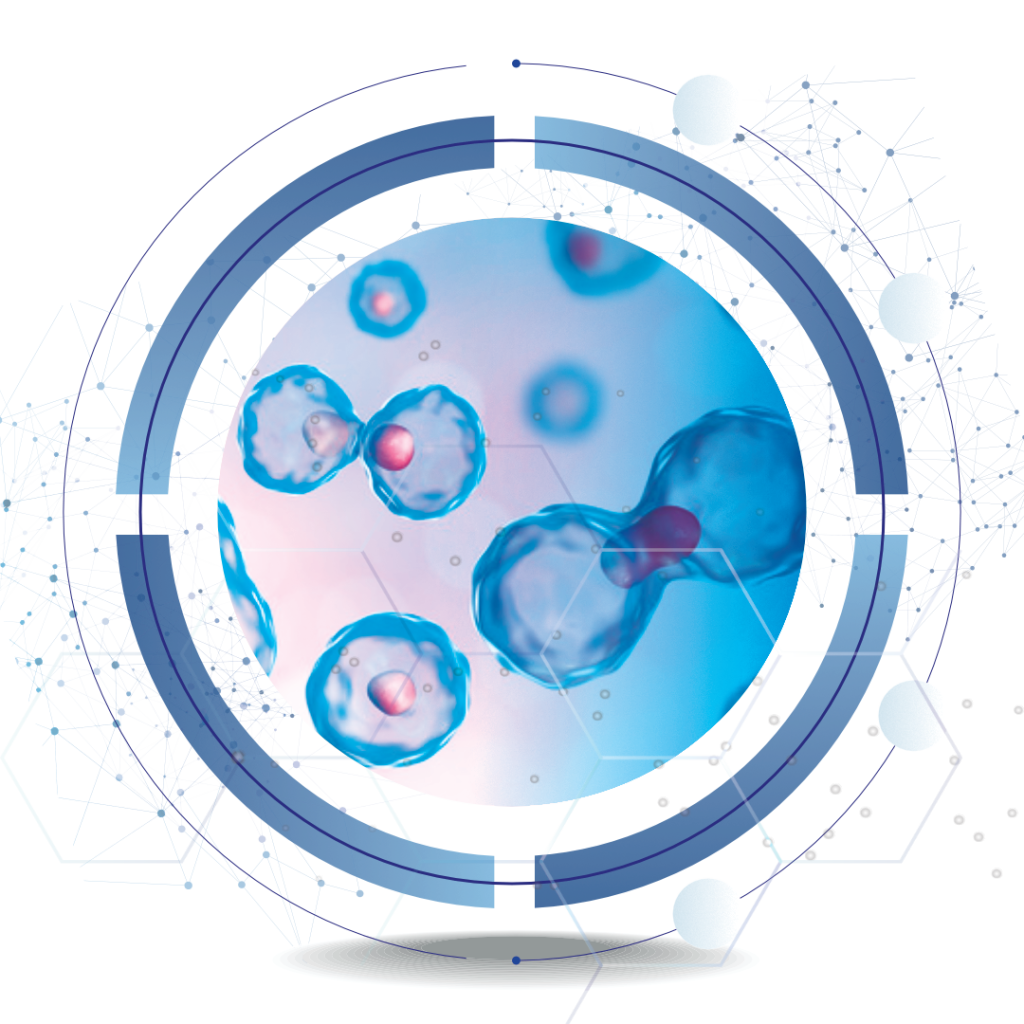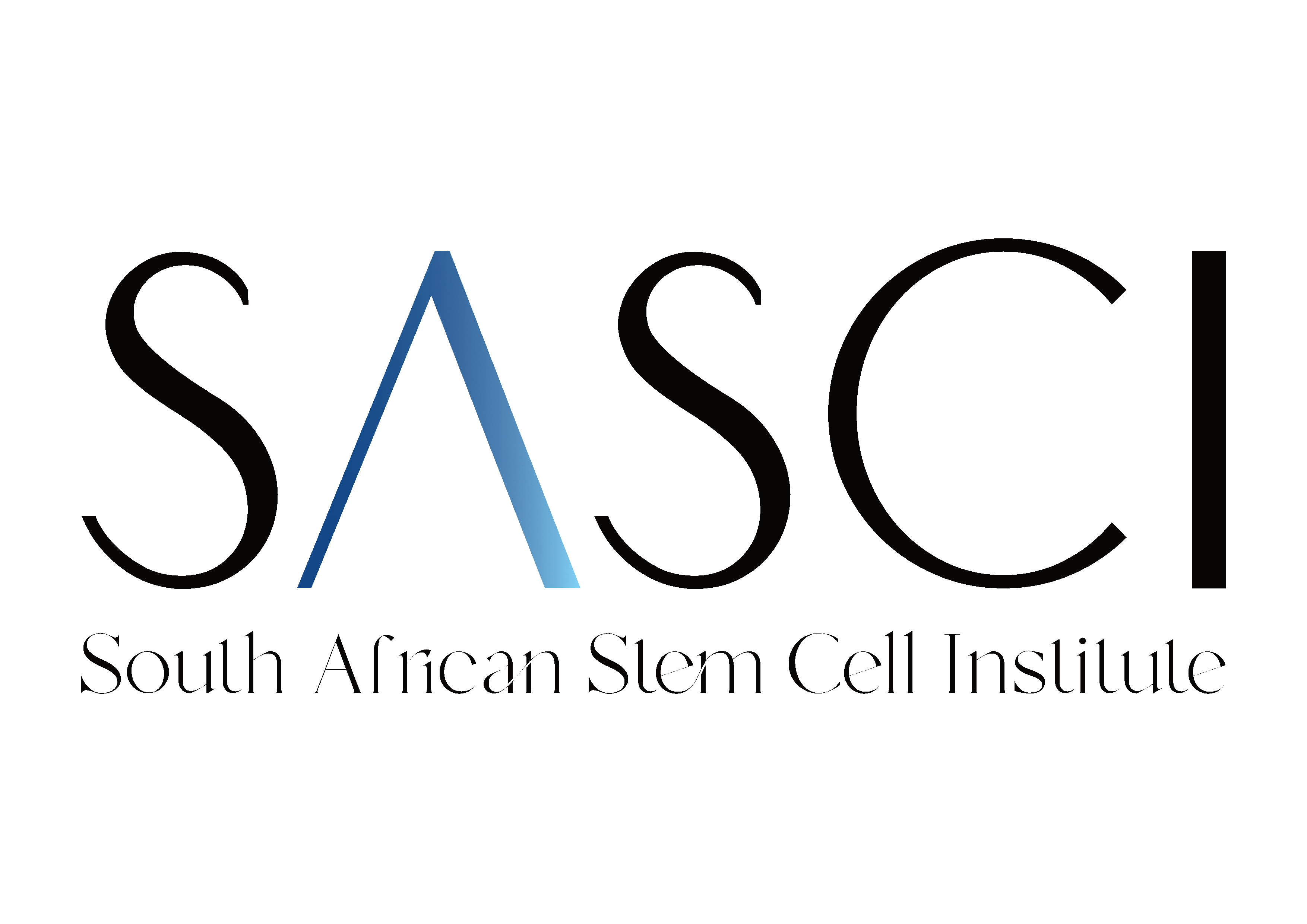STEM CELLS
Stem cells or progenitor cells are found throughout the human body and act as an inherent repair system for various organ systems, replenishing adult tissues daily. These cells exist as undifferentiated or “non-specific, immature” cells and can self-renew via mitosis (i.e. increase in number via cell division, thus expanding the innate stem cell pool) and also differentiate into more specialised or “mature” cell types depending on their external environment. Due to these characteristics, the regenerative properties of stem cells have become exceptional research and therapeutic tools and promise immense future therapeutic potential.
Different types of Stem Cells
Stem cells can be classified into two major subtypes those being embryonic and adult stem cells. Biologically, stem cells collected from fetal tissues, such as the umbilical cord, cord blood and placental membranes, are also classified as adult stem cells and should not be confused with embryonic stem cells.

